Mercedes-Benz G 400d Review: Why is the G-Wagen still Relevant?
From battlefields to red carpets – the G-Wagen can do it all! We take the G 400d out for a spin to give you the lowdown on the Top G’s illustrious past, present, and future.

They say that the Mercedes-Benz G-Class, or the G-Wagen, is stronger than time itself. While it may seem an exaggeration, it’s not completely unfounded. You see, the G-Wagen has been in production since 1979, making it one of the longest-running production names in the history of automobiles, alongside icons like the Porsche 911, Toyota Land Cruiser, Ford Mustang, etc. However, unlike those cars, the G-Wagen hasn’t changed much in comparison to the original model from the 70s.
In its 45 years of existence, there have only been two generations of the G-Wagen. Quite remarkable, isn’t it? But, then, it also begs the following questions. How the hell has it managed to stay alive for so long with so few changes? And why is still relevant today?
To unravel this mystery, I decided to take the G-Wagen – the diesel-powered G 400d version – for a spin around town. What’s more, I dug into the history of the model and unearthed, along the way, some fascinating facts about what is arguably the most badass SUV of the last four decades.
Mercedes-Benz G-Wagen: The Origin Story
The development of the original G-Wagen began in the early 70s after the Shah of Iran requested Mercedes to create an intrepid and robust 4X4 off-roader for his military. Rumour has it that the Shah had placed an order of 20,000 units of the G-Wagen before it even made it to the drawing board, let alone the production line. After receiving the order – and presumably bags of cash – Mercedes went straight to work on an all-new Geländewagen (German for ‘all-terrain vehicle’).
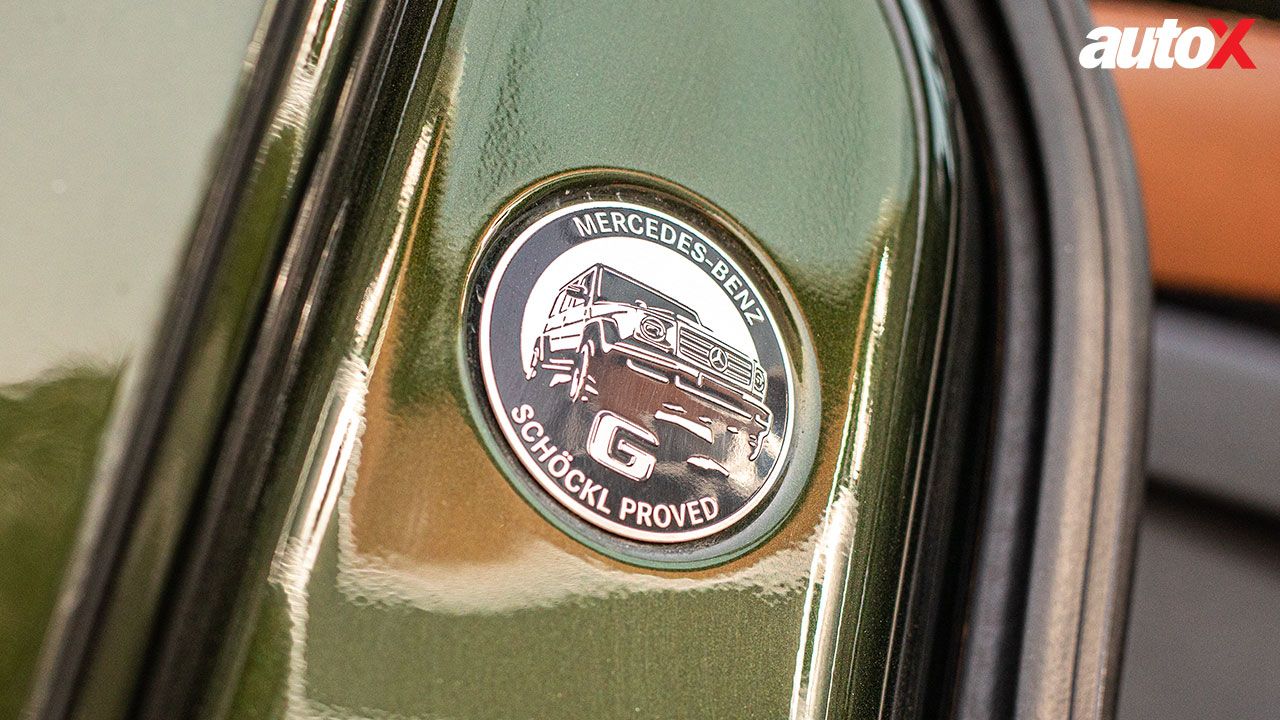
Mercedes took their sweet time to develop this new beast – after over five years of work, the first-gen G-Wagen came to life and made its global debut in February 1979. Ironically, in the same month, the Shah of Iran was deposed, owing to the Iranian Revolution. So, long story short, Mercedes had already lost its biggest G-Wagen client before the first-gen even started rolling out of the production line. However, for Mercedes, this seemingly disastrous event turned out to be a blessing in disguise, for the G-Wagen went on to become one of the most desirable and capable SUVs in the world.
With its rugged aesthetics and robust 4x4 underpinnings, the G-Wagen quickly became popular among various nations’ armies, civilians, and even farmers. With its production ramped up at the Magna-Steyr production unit in Graz, Austria, it was simply flying off the shelves. However, in the 80s, the G-Wagen was still far from being a status symbol – it was still pretty crude and basic.
Also Read: Mahindra Thar & Mercedes-Benz G-Wagen
Mercedes-Benz G-Wagen: The Mafia Arrives!
In 1990, it dawned on Mercedes that not many countries were going to war and there weren’t enough wealthy farmers who could afford the G-Wagen. So, for the G-Wagen to survive, it had to appeal to a new category of buyers – the wealthy kind, to be precise.
So, in the 90s, Mercedes introduced the W463 – the posh-spec G-Wagen we know today. The G-Wagen was no longer a crude utilitarian off-roader; it had transformed into a luxury SUV – one that the rich and well-heeled would lust after for years to come. The W463 was the first G-Wagen to feature modern bells and whistles, comparable to what was offered with the S-Class and the Range Rover at the time. Features like leather upholstery, chrome highlights, modern tech, and ABS – which might not sound like a big deal today – were now offered with the G-Class.
With its off-road pedigree, big-brute aesthetics, brand name, and added luxury, the G-Wagen was quickly lapped up by customers worldwide, turning into a global phenomenon almost overnight.
This continued for another 15 years or so, until Mercedes decided to pull the plug on it in 2006, planning to replace it with the GL-Class. But guess what? They simply couldn’t, for the G-Wagen continued to rack up orders despite the arrival of the GL. Consequently, Mercedes had no choice but to continue its production, and it soldiered on for another 12 years!
By 2018, Mercedes realised that they couldn’t kill the G-Wagen, so instead, they modernised and refined it, giving birth to the second generation of the G-Wagen – the model you see on these pages.
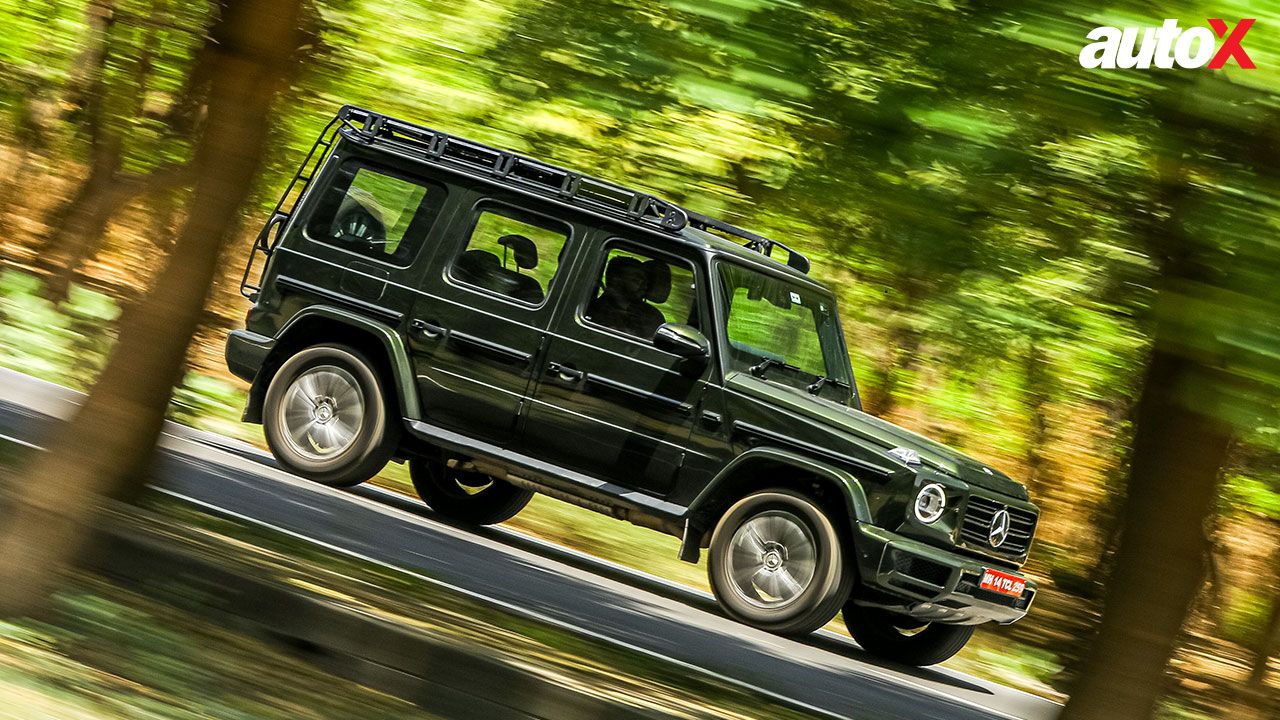
The updates this time were bigger and more crucial. From the platform and suspension to engine options, every aspect of the G was new, except for the headlamp washers, door handles, and spare wheel mount, according to Mercedes. Yet, the G-Wagen remained true to its roots. Like the OG, it retained its boxy shape, ladder-on-frame construction, four-wheel drive, three differential locks, and so on.
The second-gen G-Wagen underwent significant changes. The solid front axle was replaced with a double-wishbone independent suspension, and with this change, the old version’s recirculating ball-type steering was swapped out for a modern rack-and-pinion setup. While it still retains a solid axle at the back, the overall driving experience of the second-gen model is vastly different from that of the first-gen model. Let’s just say that it’s now more suited for the red carpet than war zones. That said, it’s still a capable off-roader. But, then, who has the heart to get down-and-dirty with a ₹3 crore SUV?
On the road, the G-Wagen drives exceptionally well. Of course, in terms of ride and handling, it’s not like the GLS – it doesn’t behave like a car, and the ride can be bumpy at times. However, the way it steers and holds the road is simply unbelievable. Despite having the weight and centre of gravity of a penthouse, the G-Wagen somehow always feels planted and in control. Even at crazy triple-digit speeds, it still remains glued to the ground. The only reminder that you are going that fast is the wind blast from the slab-sided windshield.
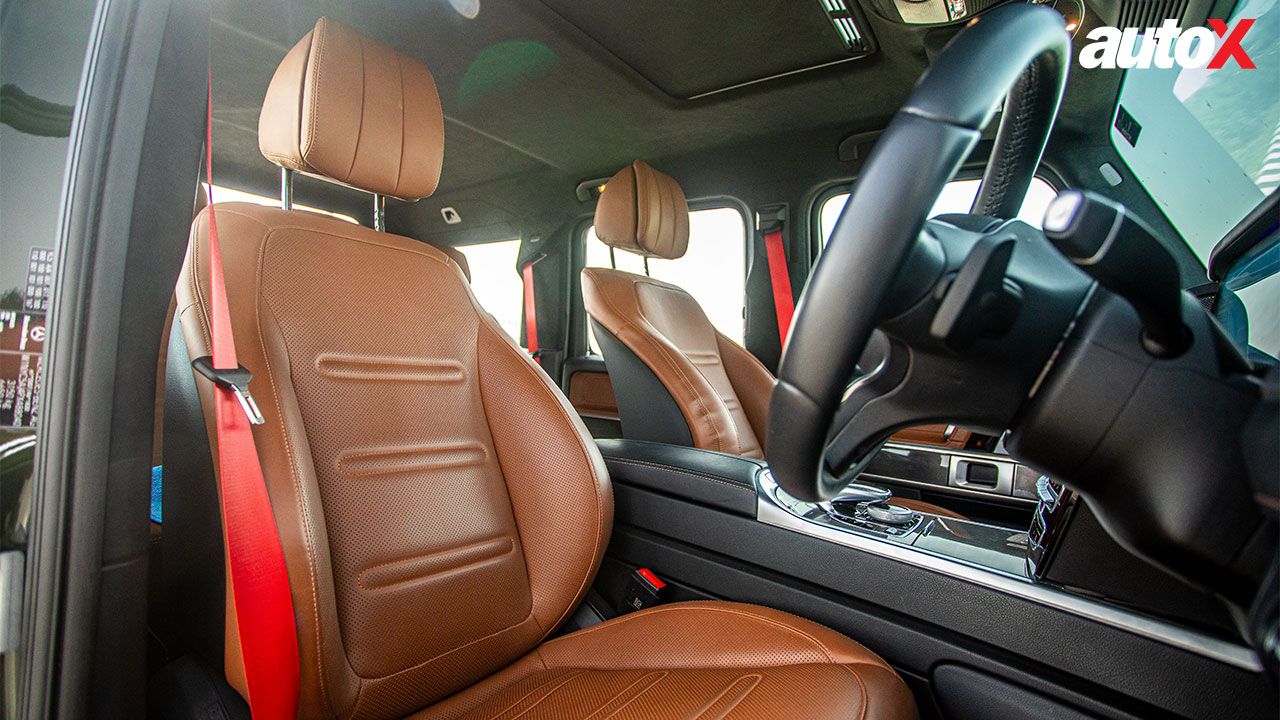
If I have one complaint about this particular G-Wagen, well, it’s the engine. The G 400d is powered by a 326bhp and 700Nm producing 3.0-litre six-cylinder diesel engine, and objectively, there’s nothing wrong with it. It’s buttery smooth and impeccably refined. Even the 9-speed auto offers flawless shifts. The performance is quite brisk, and it is a quick-accelerating vehicle, despite the fact that it weighs nearly 2.5 tonnes. That said, my problem with the engine is that it’s not mad enough! I don’t think it does justice to the G-Wagen because the diesel engine is a little quiet and subdued. It lacks the visceral appeal that a gangster vehicle like the G-Wagen needs.
Personally, I believe that the G63’s V8 makes more sense because it’s a barking-mad powertrain, and the G-Wagen deserves that sort of noise, drama, and soundtrack. Without the V8, it feels like watching The Godfather dubbed in Hindi. You see Marlon Brando on the screen, but hear the voice of Amitabh Bachchan. Something gets lost in translation. That impact, that full-on mafia vibe, is missing.
The G-Wagen has recently received a thorough update in global markets, and now, it also gets an electric powertrain for the first time. The updated version is expected to be launched in India by the end of 2024 or early 2025. The best part? It still retains the G 63 AMG.

The refreshed G-Wagen also comes with new dual 12.3-inch screens, with the latest MBUX infotainment system, which basically means that for the very first time, there is a touchscreen in the G-Wagen. I must say that this was much needed, for the previous COMAND system – which is what our test car had – was quite irritating and finicky to use, and navigating through its menus was a real pain. As for other creature comforts, the current version has everything that you’d want in a ₹3 crore SUV, so the updated version shouldn’t bring a whole lot more to the package.
Also Read: G-Wagen Goes Electric! Mercedes-Benz Unveils SUV with EQ Technology
Final Thoughts
All good things must come to an end, but not the G-Wagen, for it’s not just good – it’s an absolute badass! That’s why we all love and admire it, and maybe we’ll continue to do so for the next 45 years. All we can say, and conclude, is that the G-Wagen is stronger than time itself, indeed!
Engine: 2,925cc / Inline-6 / Turbocharged
Fuel: Diesel
Transmission: 9-speed AT / Four-Wheel Drive
Power: 326bhp @ 3,600rpm
Torque: 700Nm @ 1,200rpm
Price: ₹2.55 Crore (Ex-Showroom)
X-Factor: Despite its age, the Top G remains the most badass & desirable SUV out there.
|
Pros • Off-road pedigree • Luxury |
Cons |



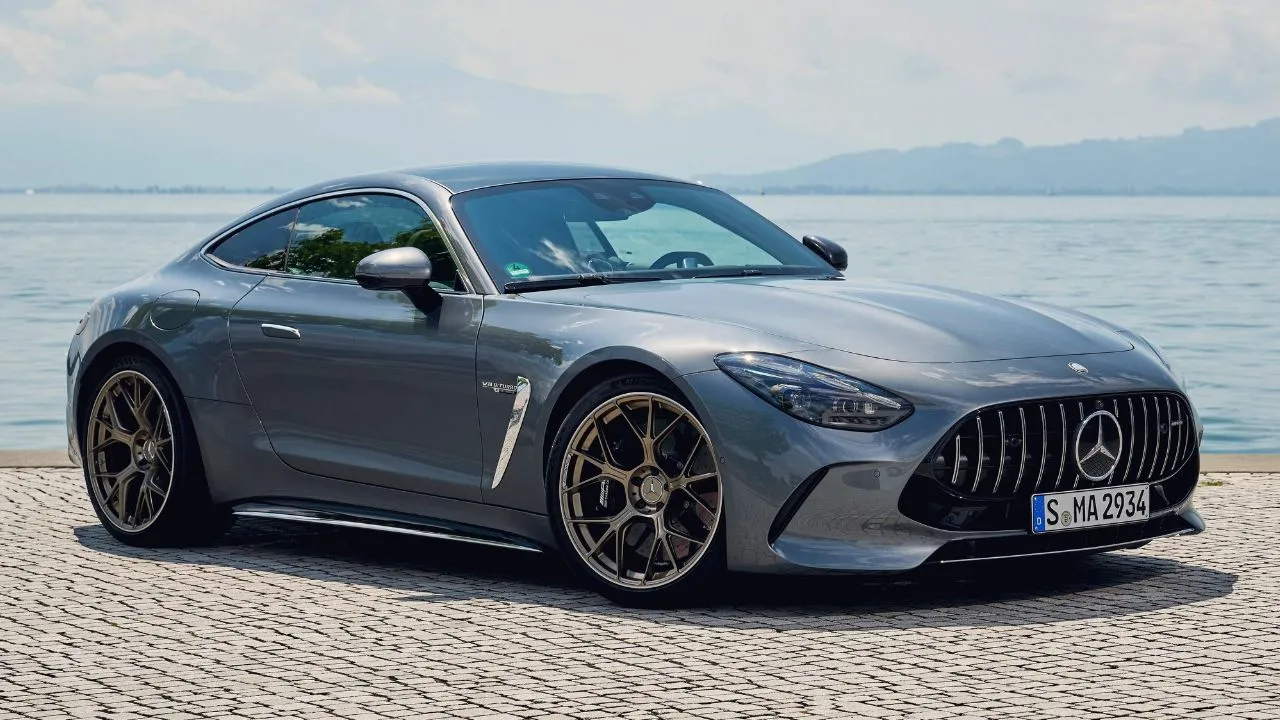
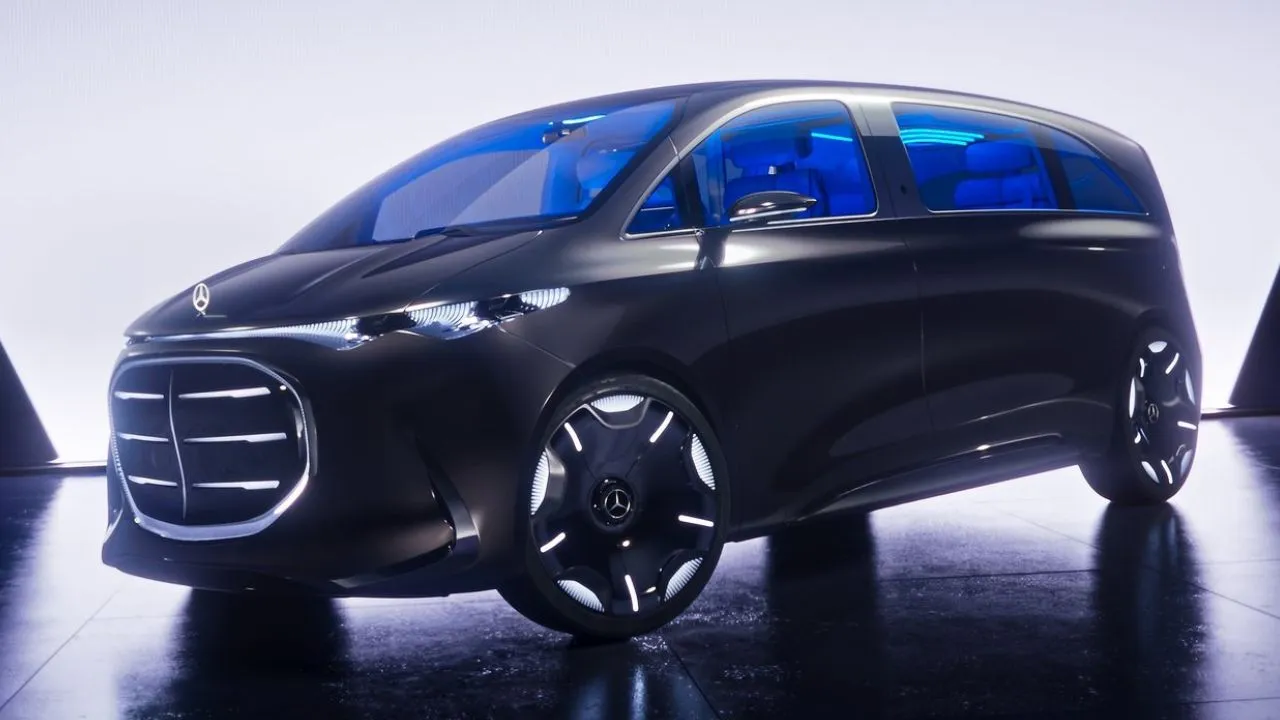
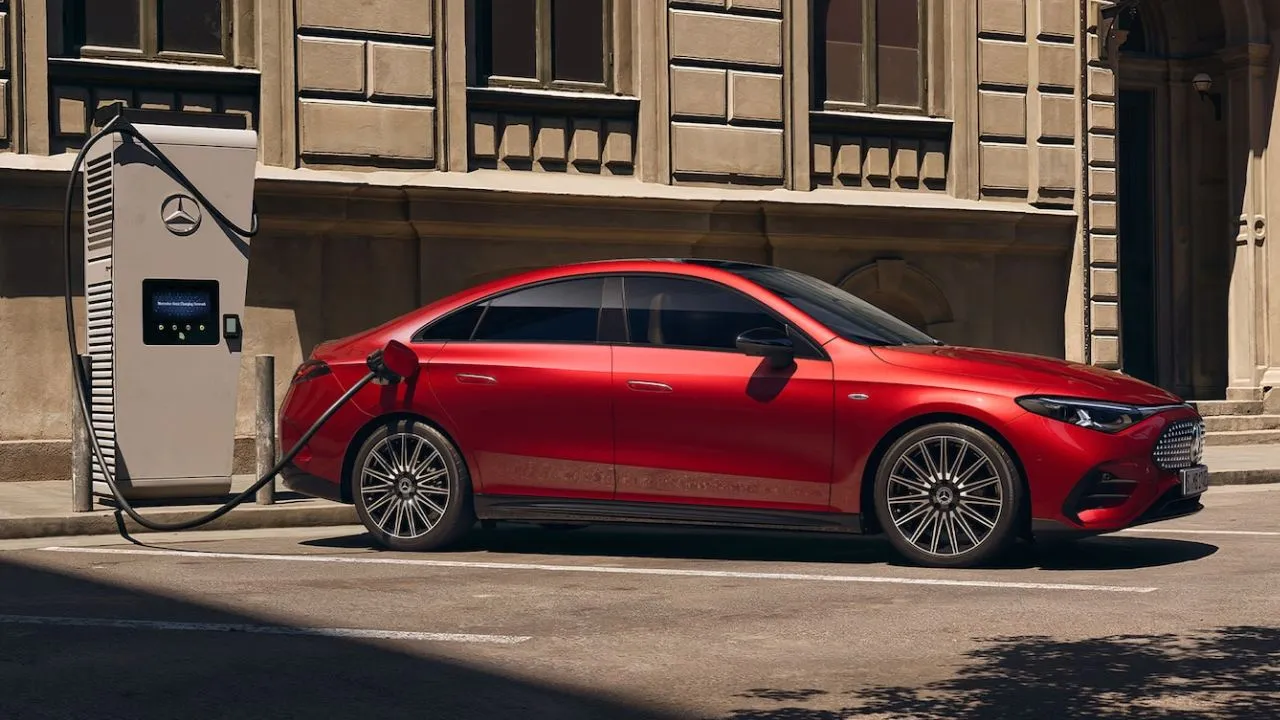

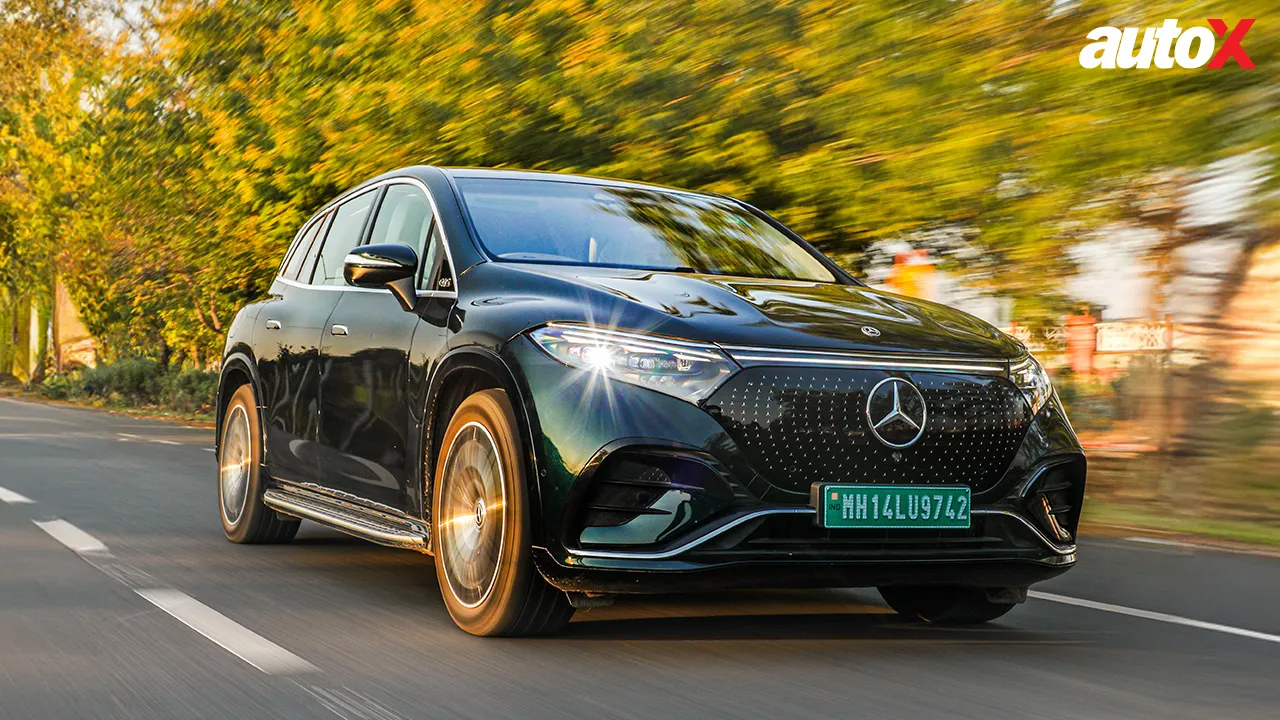
Write your Comment on